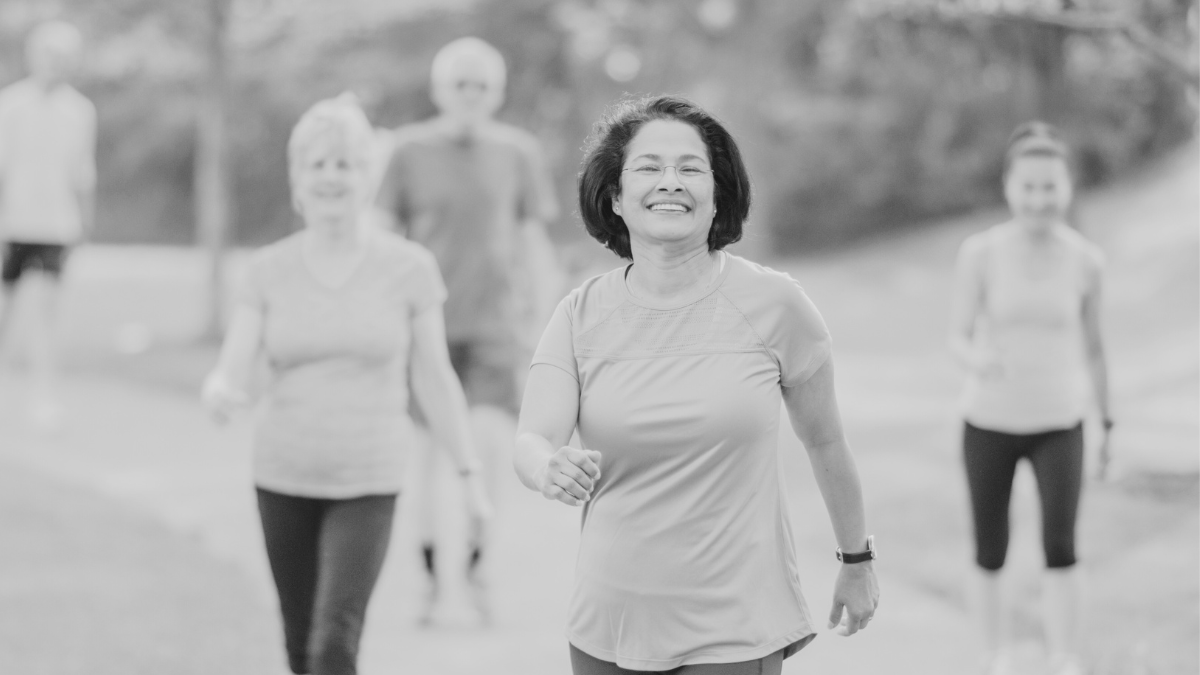Your Most Powerful Tools for Recovery
When pain or injury strikes, our first instinct is often to retreat. Stop moving, rest completely, protect the area at all costs. While short periods of relative rest might be necessary initially, the common belief that prolonged inactivity is the best path to recovery is often misguided. In fact, for many musculoskeletal conditions, embracing appropriate exercise and activity isn’t just something you do after you get better – it’s frequently a fundamental part of the healing and recovery process itself.
Beyond Rest: Why Movement Matters More Than You Think
While letting acute inflammation settle is important, extended periods of inactivity can lead to a cascade of unhelpful consequences:
- Deconditioning: Muscles weaken, tendons and ligaments lose some of their capacity to handle load, cardiovascular fitness declines.
- Increased Stiffness: Joints and soft tissues can become stiff and less mobile without regular movement.
- Reduced Tissue Tolerance: Tissues become less resilient and more easily irritated when you do eventually try to move again.
- Fear-Avoidance: Resting excessively can inadvertently reinforce the idea that movement is dangerous, leading to fear and avoidance behaviours that hinder recovery.
- Negative Impact on Mood and Sleep: Lack of activity can negatively affect mental well-being and sleep quality, both of which influence pain perception.
Contrast this with the benefits of appropriate, guided movement. Think of the concept: “Movement is Medicine.” Carefully chosen exercise and activity can stimulate tissue healing, maintain joint health, build strength and resilience, reduce pain sensitivity, boost mood, and improve overall function.
How Does Exercise Actually Help? (It’s a Whole-Person Benefit)
The positive effects of exercise and activity during recovery are wide-ranging, impacting us biologically, psychologically, and socially:
- Biologically: Movement improves blood flow delivering nutrients to healing tissues; appropriate mechanical loading signals tissues (like tendons, bones, muscles) to adapt and become stronger; regular activity can help reduce systemic inflammation markers and improve cardiovascular health.
- Psychologically: Exercise releases endorphins (natural mood boosters); it actively combats stress and anxiety; successfully engaging in activity builds confidence and self-efficacy (a belief in your ability to manage); it directly challenges fear-avoidance beliefs by proving movement is safe and beneficial.
- Socially: Staying active, even in modified ways, allows for continued participation in work, hobbies, family life, and social connections – things that are crucial for overall well-being and motivation during recovery.
- Pain Modulation: Exercise can trigger the body’s own pain-inhibiting pathways (exercise-induced hypoalgesia). Over time, graded activity helps desensitize an often over-protective nervous system.
“But It Hurts When I Move!” – Navigating Pain and Fear
This is perhaps the biggest barrier to embracing activity during recovery. It’s crucial to learn the difference between ‘good’ and ‘bad’ pain in this context:
- ‘Hurt’ vs. ‘Harm’: Feeling some discomfort, stretch, or muscle soreness during or after exercise during rehab is often normal and even expected. It can be a sign that tissues are being appropriately challenged to adapt (‘working soreness’). This is different from sharp, stabbing, significantly increasing, or debilitating pain that suggests you’re doing too much too soon and potentially irritating tissues excessively.
- Graded Exposure: This is the key principle. You don’t go from zero to hero. It involves starting with movements and activities that feel safe and manageable (even if very small initially) and then systematically, gradually increasing the duration, intensity, frequency, or complexity over time. This allows your body (and brain!) to adapt without being overwhelmed. Finding this ‘sweet spot’ of productive challenge is where physiotherapy guidance is invaluable.
- Overcoming Fear: Acknowledging that fear of re-injury is real and valid is important. Graded exposure, combined with education about pain and tissue healing, helps to slowly dismantle this fear by providing positive movement experiences.
Finding Simplicity in Action
The processes underlying pain, tissue repair, and adaptation are incredibly complex. However, the most effective way to navigate this complexity often boils down to a relatively simple, actionable principle: Find your baseline for comfortable movement and activity, and then consistently and progressively do a little bit more. This active, graded approach respects your symptoms while actively driving recovery and building resilience, cutting through the noise of complex passive treatments or unnecessary fear-based restrictions.
What Kind of Exercise/Activity?
It’s not just about formal ‘rehab exercises’. Physiotherapy movement therapy encompasses:
- Specific exercises targeting strength, mobility, or balance deficits.
- General cardiovascular activity (walking, swimming, cycling).
- Modified participation in your preferred sports or hobbies.
- Simply incorporating more movement into your daily routine.
The right mix depends entirely on you, your condition, your capacity, and your goals.
Did You Know?
- Engaging in regular physical activity significantly reduces the risk of developing numerous chronic health conditions, including heart disease, type 2 diabetes, and some types of cancer, in addition to musculoskeletal pain.
- Exercise can be as effective as antidepressant medication for some people with mild to moderate depression, highlighting its powerful effect on brain chemistry and mood.
- Even small ‘snacks’ of movement throughout the day (e.g., getting up from your desk every 30 minutes, taking the stairs) can have significant cumulative benefits for health and reducing stiffness.
How Abound Physio Guides Your Active Recovery Journey
Knowing that exercise is good is one thing; knowing what, how much, and when to do it, especially when you’re in pain, is another. That’s where we come in:
- Personalised Assessment: We thoroughly assess your condition, understand your pain and limitations, but also explore your beliefs, fears, lifestyle, and what activities are meaningful to you.
- Tailored Activity Planning: We help you identify suitable types and amounts of exercise and activity, creating a plan that feels safe and achievable.
- Graded Exposure Programs: We design structured, progressive plans to gradually increase your tolerance and capacity for movement and load.
- Specific Exercise Prescription: We teach you targeted exercises to address any underlying weakness, stiffness, or control issues identified in your assessment.
- Education, Coaching & Support: We empower you with knowledge about pain, healing, and load management; help you navigate inevitable fluctuations in symptoms; troubleshoot challenges; and build your confidence to stay active long-term. Active recovery strategies are a partnership.
Embrace Movement as Your Ally
When facing pain or injury, remember that movement is rarely the enemy – more often, it’s a powerful ally in your recovery. Don’t let fear or uncertainty keep you still.

